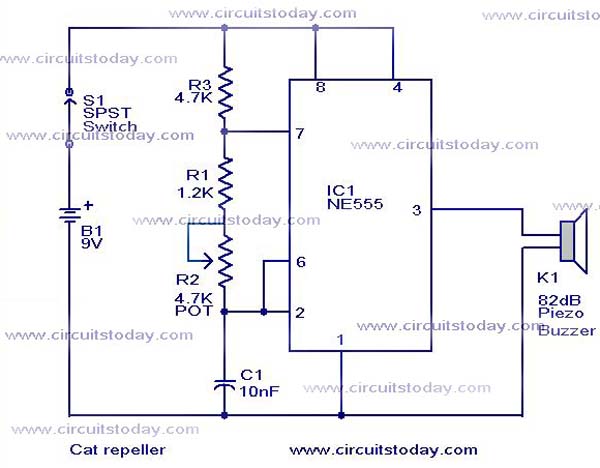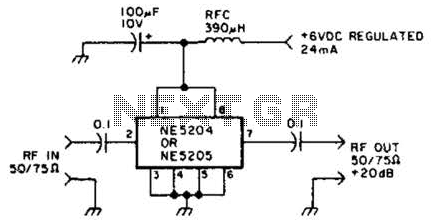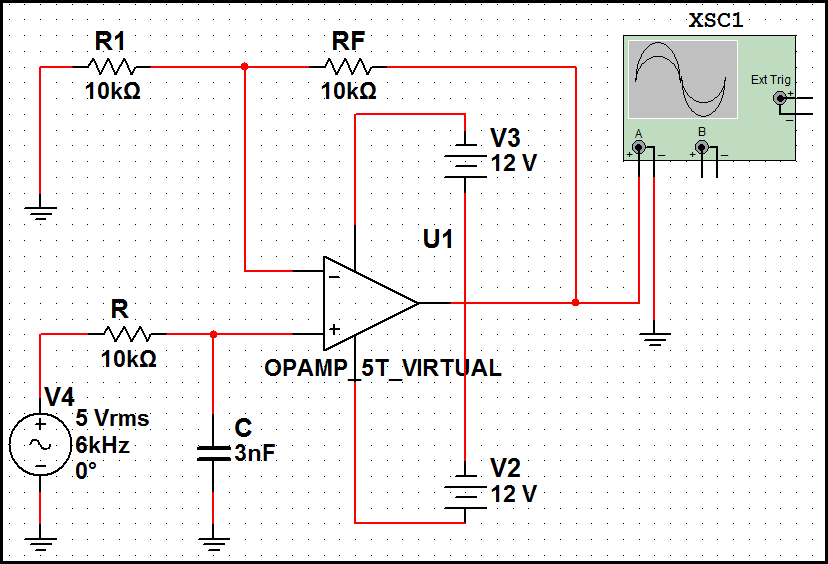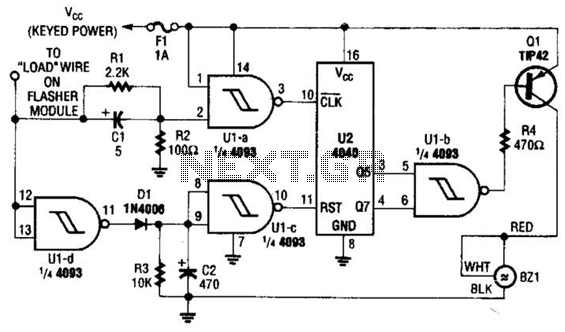
Cat Repeller CircuitRepellentCircuit555 Ultrasonic Circuit

This cat and dog repeller circuit is designed to deter animals from specific areas. The circuit utilizes ultrasonic sound, which is known to provoke a strong response in many animals, particularly cats. The design features an astable multivibrator configuration based on the NE555 integrated circuit (IC1). This circuit generates ultrasonic sound waves within a frequency range of 15-20 kHz. A small piezo buzzer is sufficient to produce the ultrasonic sound, eliminating the need for additional amplification stages. The potentiometer (R2) allows for frequency adjustment to optimize effectiveness. However, it is important to note that results may vary, as animals may become accustomed to the sound over time.
The circuit functions primarily as an ultrasonic deterrent, leveraging the sensitivity of cats and dogs to high-frequency sounds that are inaudible to humans. The NE555 timer IC is configured in an astable mode, which enables it to oscillate continuously, generating a square wave output. This output drives the piezo buzzer, producing the desired ultrasonic frequencies.
The frequency produced can be adjusted by varying the resistance of the potentiometer (R2), which alters the timing components in the NE555 circuit. The frequency range of 15-20 kHz is particularly effective for repelling cats, as it falls within the range of sounds that they can hear but humans cannot.
While the circuit is designed to be straightforward and effective, it is essential to recognize that individual animals may respond differently. Some may become desensitized to the sound over time, necessitating adjustments to the frequency to maintain its deterrent effect.
Overall, this circuit represents a practical solution for individuals seeking a humane method to keep pets away from designated areas without resorting to physical barriers or harmful substances. The simplicity of the design, combined with the effectiveness of ultrasonic sound, makes it an appealing option for pet owners.With this cool cat/dog repeller circuit you could chase the cats off from any where you want. In fact, I designed this circuit to chase my cat from my computer table. Most of the animals like cats respond violently to ultrasonic sound and in fact it`s the best way to chase them off. This principle is employed in this circuit. The circuit here is n othing but an astable multivibrator wired around NE555 (IC1). The cat repellent circuit produces an ultrasonic sound in the range 15-20Khz. The NE 555 is enough to drive a small piezo buzzer and no amplification stages are needed. The POT R2 can be used to adjust the frequency of sound. I do not guarantee the full effectiveness of the circuit. You have try a lot of frequency settings to make your cat feel discomfort at last. More over the cat may get accustomed to the sound after some time. For me the circuit was only a partial success and now my cat feels nothing even if the speaker is placed in it`s ear. You try your luck. Best of luck. 🔗 External reference
The circuit functions primarily as an ultrasonic deterrent, leveraging the sensitivity of cats and dogs to high-frequency sounds that are inaudible to humans. The NE555 timer IC is configured in an astable mode, which enables it to oscillate continuously, generating a square wave output. This output drives the piezo buzzer, producing the desired ultrasonic frequencies.
The frequency produced can be adjusted by varying the resistance of the potentiometer (R2), which alters the timing components in the NE555 circuit. The frequency range of 15-20 kHz is particularly effective for repelling cats, as it falls within the range of sounds that they can hear but humans cannot.
While the circuit is designed to be straightforward and effective, it is essential to recognize that individual animals may respond differently. Some may become desensitized to the sound over time, necessitating adjustments to the frequency to maintain its deterrent effect.
Overall, this circuit represents a practical solution for individuals seeking a humane method to keep pets away from designated areas without resorting to physical barriers or harmful substances. The simplicity of the design, combined with the effectiveness of ultrasonic sound, makes it an appealing option for pet owners.With this cool cat/dog repeller circuit you could chase the cats off from any where you want. In fact, I designed this circuit to chase my cat from my computer table. Most of the animals like cats respond violently to ultrasonic sound and in fact it`s the best way to chase them off. This principle is employed in this circuit. The circuit here is n othing but an astable multivibrator wired around NE555 (IC1). The cat repellent circuit produces an ultrasonic sound in the range 15-20Khz. The NE 555 is enough to drive a small piezo buzzer and no amplification stages are needed. The POT R2 can be used to adjust the frequency of sound. I do not guarantee the full effectiveness of the circuit. You have try a lot of frequency settings to make your cat feel discomfort at last. More over the cat may get accustomed to the sound after some time. For me the circuit was only a partial success and now my cat feels nothing even if the speaker is placed in it`s ear. You try your luck. Best of luck. 🔗 External reference





